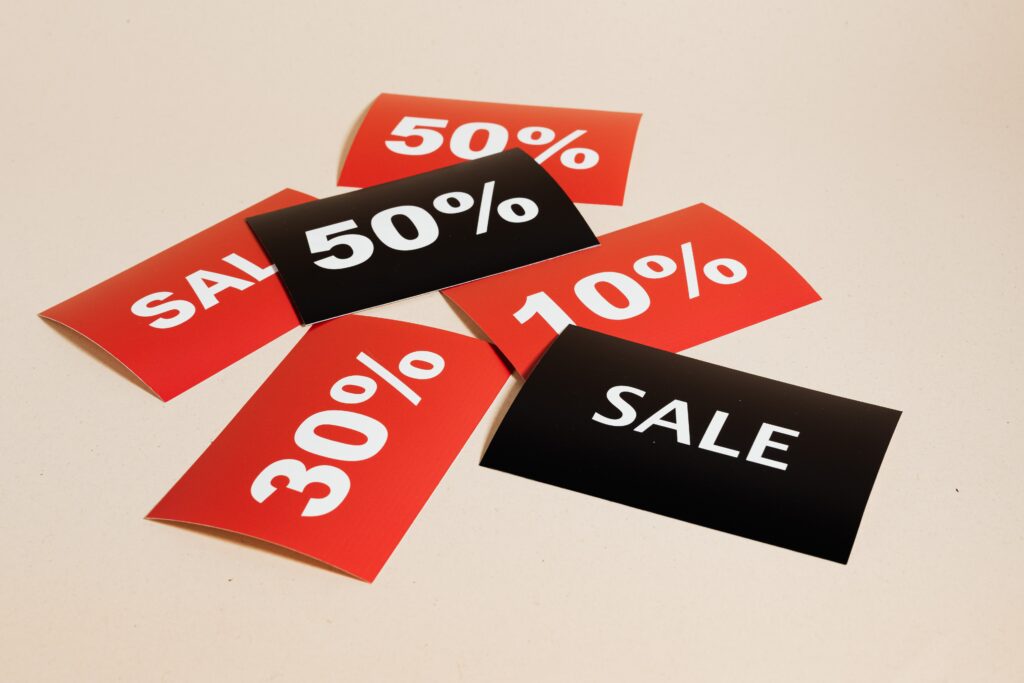Personalization is a must if you’re looking to create an optimized eCommerce experience. Not only do customers appreciate it, they actually expect it when they log onto retail sites nowadays. Personalization should be an omnichannel strategy, spanning across all contact points with customers. The result is brands maximizing their capacities and increasing sales. This post will explain where you can add personalization to your store.
What Is Ecommerce Personalization?
Ecommerce personalization is a set of practices used by online stores. It displays dynamic content based on customer data and click-profile data in order to provide each shopper with a tailored experience unique to them.
Personalization can be based on factors such as:
- Demographics
- Intent
- Preferences
- Browsing history
- Previous purchases
- Device uses
Through understanding this data, AI can offer relevant recommendations and insight to each shopper. In this way it can act much like a real life shopping assistant. This also creates the opportunity for creating personalization at scale, defining audience segments to reach similar groups at once.
Where To Use Ecommerce Personalization
Recommendations
AI can help create product recommendations that improve the customer experience. If recommendations aren’t personalized, then shoppers may feel as though they are being pressured to spend more money. With personalized recommendations; the effect is opposite. Customers feel as though they are having their needs listened to, and being aided in the shopping experience.
These recommendations can be cross-sell or upsell, and based on AI machine learning. Personalized recommendations lead to massively improved sales, and customer satisfaction.
Localized Content
Customers living in Australia should not be viewing the same collections as those living in Europe. Since the seasons are reversed, it would be a bad idea to show Australians clothes for a cold climate in December, which is actually their summer. Personalization creates the possibility for relevant content to be delivered to each geographical location.

On top of this, relevant languages can be displayed, relevant content such as blog posts can be viewed and even product descriptions can be altered to be applicable. This makes the shopper feel valued wherever they are signing in from.
User Generated Content
Personalization strategies should still be offered on mobile devices. Since more and more shoppers use their mobiles to engage with eCommerce, this is necessary. User Generated Content is a strategy to boost brand loyalty as well as promote products. Using algorithms promoted on social media to show relevant content to relevant shoppers improves this experience.
Site Search
Personalization can be incorporated into site search. Remembering what customers previously searched for and bought on your store can indicate which products to show them when they search. By understanding the customers’ likes and dislikes, you can tailor a search experience to them in a way that can yield great benefits.
Filters
A small but helpful place to personalize your site is through filters. If a person has checked filters such as their size or gender, these can automatically be saved. Then the next time the shopper logs on they don’t need to re-select these options. This simply streamlines their shopping experience, and lets them know you care.
Email & SMS Marketing
Through creating audience segments, you can offer personalization at scale. Data can indicate which customers fall into which group, then those segments can be sent emails & SMS messages that apply to them and their experience. By offering marketing that directly helps them, you improve their experience as well as offering optimized marketing to many shoppers at the same time.
Checkout Page
Another quick hack to improving customer experience is by offering personalization on the checkout page. By saving their previously used details such as card information and address, you clear any potential friction in the buying tunnel. If they used an alternative payment method such as Klarna, this can also be stored and remembered here.
Discounts & Offers
When shoppers have purchased from your store once, you can then provide them with personalized offers and discounts. These can be relevant to their tastes and preferences. This creates a higher likelihood of them using the discount coupons, as they are relevant products to them, at a lower price.

Benefits Of Ecommerce Personalization
Even through looking at the use cases, it’s clear the benefits that using personalization can bring. It increases sales conversions and average order value. This is achieved through methods such as personalization cross-sell and upsell recommendations.
Through using personalization combined with your social media strategy and mobile commerce strategy, you can improve brand engagement. This can in turn create the potential for lifetime customers, and increase customer loyalty.
Using personalization can help you to understand your customers more. This can improve the way you interact with shoppers moving forward, making sure you meet the customers needs in your store. The overall outcome of all of this is an enhanced customer experience. They will have a more streamlined and enjoyable on-site experience. You will then see an increase in sales. It’s a win-win.
Conclusion
When it comes to using eCommerce personalization on your online store, don’t hesitate to go for it. It’s a great idea to be creative with it, and employ it in as many places as it seems relevant. The eCommerce world loves ingenuity. Whilst personalization is expected, it’s up to you to make the most of it. These suggestions are a great place to start, then you can take it from there.
